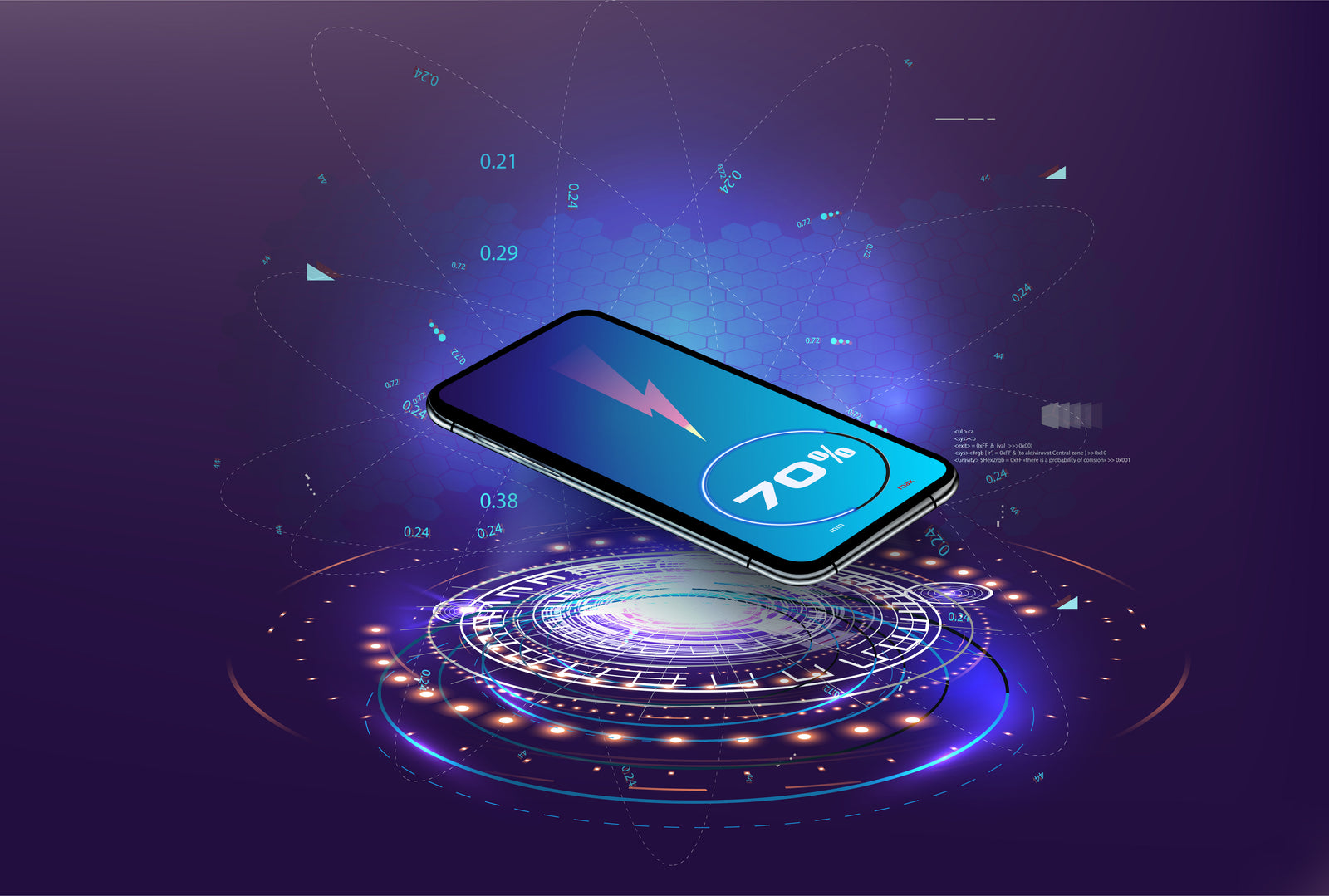
Current market trends tell us that wireless chargers are quickly rising in popularity worldwide and it’s easy to see why that happens. Compact, durable, and very easy to use, wireless chargers are establishing themselves against all odds, quickly replacing wired chargers in homes and offices around the world.
With that in mind, you are probably wondering whether or not you should invest in an under-the-table wireless charger yourself. I mean, havinga wireless charger under the table can help you a lot during the day, as it can minimize the time you spend charging your phone and it can do so without drawing any attention to itself.
This is the prime reason why wireless chargers are so popular among office workers, with more than 23% of office workers under the age of 30 saying that they would drop wired chargers in a heartbeat if a suitable wireless alternative became available. As things stand, this might happen over the next few years.
The rise of Qi charging has led to its adoption by some fairly unconventional devices. Although it was originally meant for smart devices and phones, it has since been adopted by wearables, kitchen appliances, medical devices, and even electric vehicles. It seems that the possibilities are endless for wireless chargers, thanks to their impressive versatility.
A matter of perspective
Now, you may consider getting a wireless charger simply because you own a Qi-ready phone or tablet, but going forward, the use of wireless charging will branch out substantially. For instance, we’ve seen a branching out toward medical devices and physical aids designed to provide accessibility options for the disabled.
With that in mind, you should look at wireless chargers as multi-purpose, versatile devices that will soon enough become indispensable for any office setup. If you have any sense of perspective, you will also look into setting up a wireless charger for yourself at home. Given how inexpensive most of them are, it would be a shame not to.
You should also understand that despite their low price tag, many wireless chargers actually overpower their wired counterparts in practical terms. Small and easy to set up,setting up a wireless charger under the table will help you reduce clutter on your desktop. You simply cannot do that with a traditional charger on account of all the wires.
Speaking of wires, a cleverly positioned charging pad will make it seem that your phone is charging magically, drawing its charge out of thin air.This isn’t guaranteed with most chargers, mind you, but a good one can surely deliver its charge at a reasonably long distance. So if you’re not gonna use a wireless charger because of how practical such a device can be, at least consider doing it for aesthetics.
Ports, wires, and connectors
Despite their accessibility, wireless chargers still make use of ports, wires, and connectors, albeit not as often as traditional chargers. Then again, going from AC adapters to wireless chargers might as well be magic at this point. Still, ports and connectors are required for some devices and this is why you should keep an eye out for any wireless charger that incorporates an ample number of ports.
Broadly speaking, most wireless chargers can deliver at least 5W for any Qi-enabled device you connect them to, but charging consistency varies a lot from one charger to another. If you’re going toinvest in a wireless charger under the table for home or office use, you should check with the manufacturer to see a list of supported devices.
Failure to do so will result in getting a charger that can either take its sweet time charging your average smartphone, or one that will heat up the device to the point of instability. Bear in mind that a charger that frequently overheats during the charging process is almost sure to cause long-term battery problems.
Technically speaking…
Know that Wireless Power Consortium (WPC) and Power Matters Alliance (PMA) are the most common wireless charging technologies out there. Both of these technologies are similar in principle and they operate on the same principles. The only difference here is the frequency of operation and the connection protocols they employ.
Speaking of which, most devices charged through the Qi standard (WPC) require a physical connection to the charging pad, but this is usually the case with older chargers. In all fairness, even some of the newer chargers can sometimes barely get over 5W when you’re using them remotely, so it usually pays to pay close attention to the specs before making a purchase.
If you’re going toinstall a wireless charger under the table at some point, make sure that it can at the very least deliver a charge greater than 10W/h. Given how large the batteries are for some of these newer phones, anything lower than 10W will result in an annoyingly slow charge or the device not charging at all.
Should you choose to get a PMA charger instead, you will have to deal with the overheating these chargers tend to cause. On the bright side, they deliver a much stronger charge overall, but not in the manner that most phones and tablets require. For that reason alone, these chargers are more suitable for peripherals or home appliances.
All things considered, there is plenty to ponder before purchasing a wireless charger, especially one that you might intend to use repeatedly for a long period. Although pretty straightforward at the moment, we can expect wireless chargers to branch out in more specific areas in the near future because different Qi-ready devices have different power requirements.






